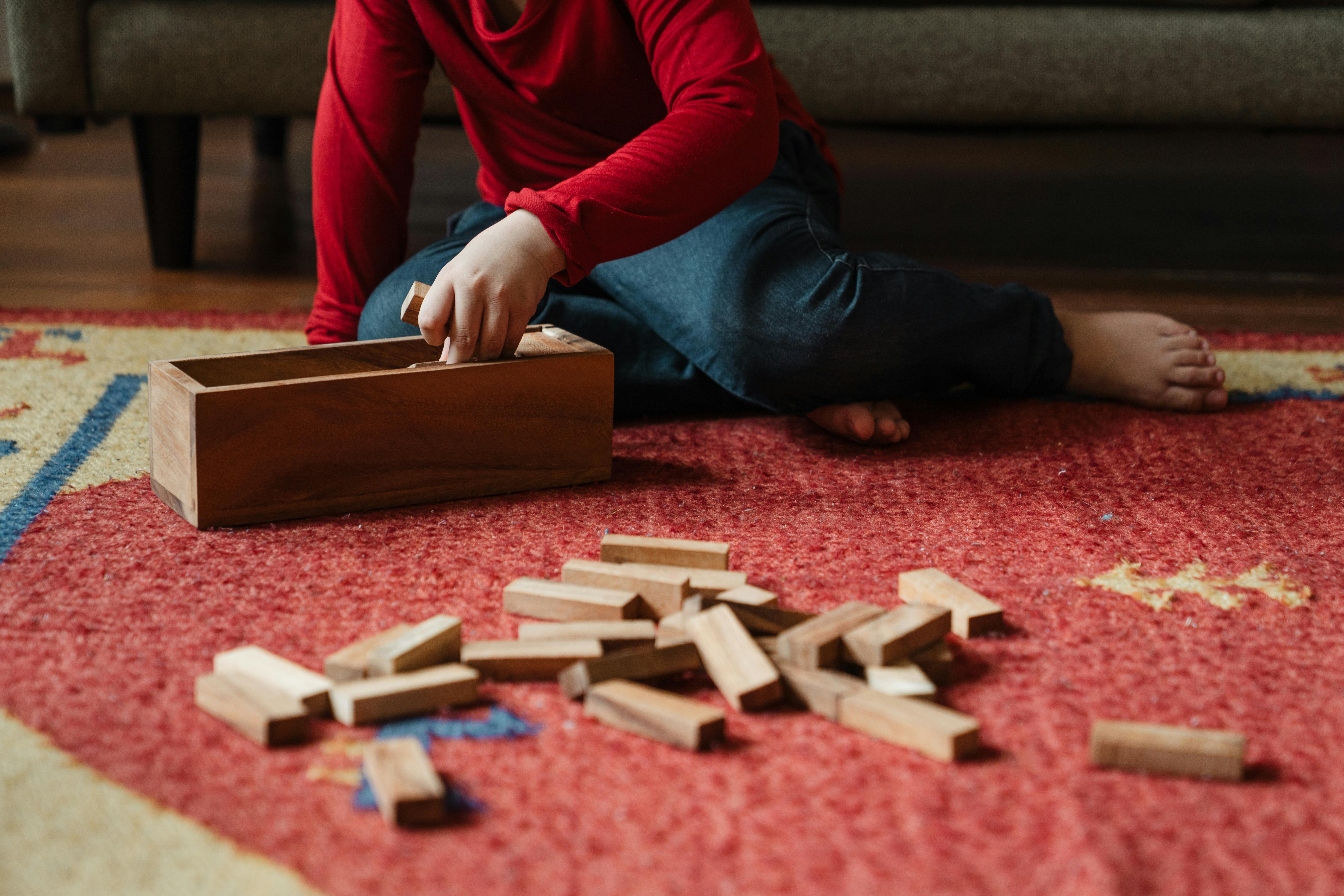Why Won't My Child Sleep Through the Night? | Parenting Sleep Solutions
Every Parent Asks This at 3AM: Why Won't My Child Sleep Through the Night?
It's 3:17 AM. You're pacing the hallway with a wide-awake toddler, wondering how your friend's baby sleeps 12 hours straight while yours treats sleep like an optional activity. You're not alone—infant and childhood sleep disruptions affect nearly 30% of families. This comprehensive guide explores the biological, environmental, and psychological reasons behind nighttime wakefulness, along with actionable solutions to transform your nights.

The Science of Childhood Sleep
Children aren't mini-adults when it comes to sleep. Their sleep architecture differs significantly, with more time spent in REM sleep (where dreaming occurs) and frequent transitions between sleep cycles. Understanding these biological realities is the first step toward solving nighttime wake-ups.
Sleep Cycle Differences: Kids vs. Adults
While adults complete a full sleep cycle every 90 minutes, babies cycle every 50-60 minutes. Toddlers transition every 60-70 minutes. At each transition point, they're semi-awake and vulnerable to full awakening. This explains why children wake more frequently than adults—their brains are literally checking their environment more often.
Developmental Sleep Milestones
- 0-3 months: 14-17 hours daily, no circadian rhythm
- 4-6 months: Circadian rhythm develops, nighttime sleep consolidates
- 6-12 months: Separation anxiety emerges, affecting sleep
- Toddlers: 11-14 hours with single nap, nightmares begin
- Preschoolers: 10-13 hours, bedtime resistance common

Top 10 Reasons for Nighttime Wakefulness
1. Sleep Associations (The #1 Culprit)
If your child needs rocking, feeding, or your presence to fall asleep initially, they'll need the same conditions at every partial awakening. Sleep specialist Dr. Rebecca Spencer explains: "Children don't 'self-soothe' until 6 months minimum. After that, consistent routines teach this crucial skill."
2. Biological Factors
- Teething pain (peaks at night when cortisol is low)
- Digestive discomfort (from new foods or sensitivities)
- Sleep apnea (1 in 10 children experience breathing disruptions)
- Iron deficiency (causes restless leg syndrome)

3. Environmental Triggers
Subtle changes disrupt sensitive sleepers: a streetlight's new glow through curtains, winter dryness causing nasal congestion, or a blanket that's suddenly too restrictive. Ideal conditions include:
- Temperature: 68-72°F (20-22°C)
- Complete darkness (blackout curtains recommended)
- White noise (consistent, non-rhythmic sounds)
4. Developmental Leaps
When babies master crawling, walking, or talking, their brains stay "online" practicing these skills. Neuroscientist Dr. Patricia Davidson notes: "Sleep regressions around 4, 8, 12, and 18 months coincide with massive neural reorganization. This is temporary but intense."
Bedtime Stories: Your Secret Sleep Weapon
Incorporating bedtime stories into your routine isn't just tradition—it's neuroscience. Reading kids stories lowers cortisol by 28% according to University of Sussex research. The rhythmic patterns of fairy tales and nursery rhymes activate the parasympathetic nervous system, priming children for sleep.

Choosing Sleep-Inducing Stories
Not all children stories are equally calming. Avoid adventure stories with high stakes before bed. Instead, choose:
- Moral stories with repetitive structures ("The Three Little Pigs")
- Animal stories featuring nocturnal creatures ("Owl Babies")
- Heartwarming tales about bedtime ("Goodnight Moon")
- Classic tales with predictable rhythms ("The Going-To-Bed Book")
Interactive Storytelling Techniques
Transform passive listening into a sleep ritual:
- Whisper the final few pages
- Incorporate child's name into fantasy stories
- Use a "sleepy voice" character for fables
- End with a magical "sleep spell" from the story

Proven Sleep Training Methods (Without Tears)
The 5-Step Bedtime Routine
Consistency is more powerful than duration. An effective 30-minute routine:
- Nutrition: Small protein-carb snack (banana + almond butter)
- Hygiene: Warm bath + toothbrushing
- Connection: 10-minute massage or quiet talk
- Storytime: 1-2 short stories for kids (physical books only)
- Goodnight ritual: Same phrase + exit while drowsy but awake
Responsive Settling Techniques
- The Pause: Wait 2-5 minutes before responding to fussing
- Check-and-Console: Brief touches without picking up
- Faded Bedtime: Temporarily set bedtime later, then gradually move earlier
When to Seek Professional Help
Consult a pediatric sleep specialist if your child:
- Over 18 months with 4+ nightly wake-ups
- Exhibits loud snoring or breathing pauses
- Shows extreme bedtime resistance lasting >8 weeks
- Has night terrors lasting >30 minutes
"Persistent sleep issues impact more than rest—they affect cognitive development and immune function," warns Dr. Michael Johnson of the National Sleep Foundation.
From Sleepless Nights to Sweet Dreams
Solving childhood sleep challenges requires understanding biological realities while creating consistent, calming rituals. Remember that bedtime stories aren't just entertainment—they're neural preparation for rest. By combining science-backed routines with responsive settling techniques, most families see dramatic improvements within 3-4 weeks.
Transform Bedtime Tonight
Discover our collection of specially crafted magical stories designed to lower heart rates and ease transitions to sleep. Each story includes guided breathing cues and soothing imagery validated by child psychologists.
Explore Magical Bedtime Stories →